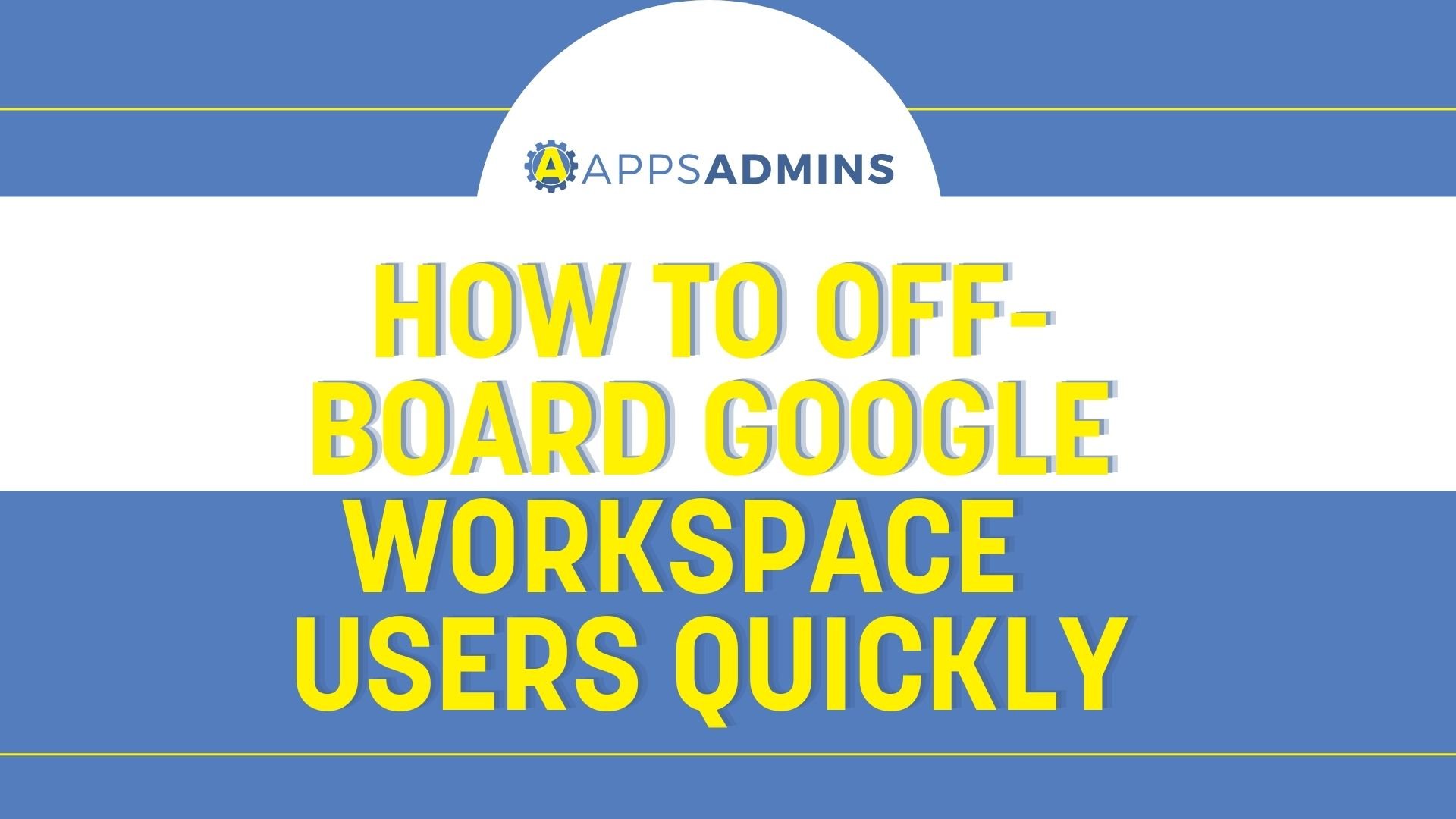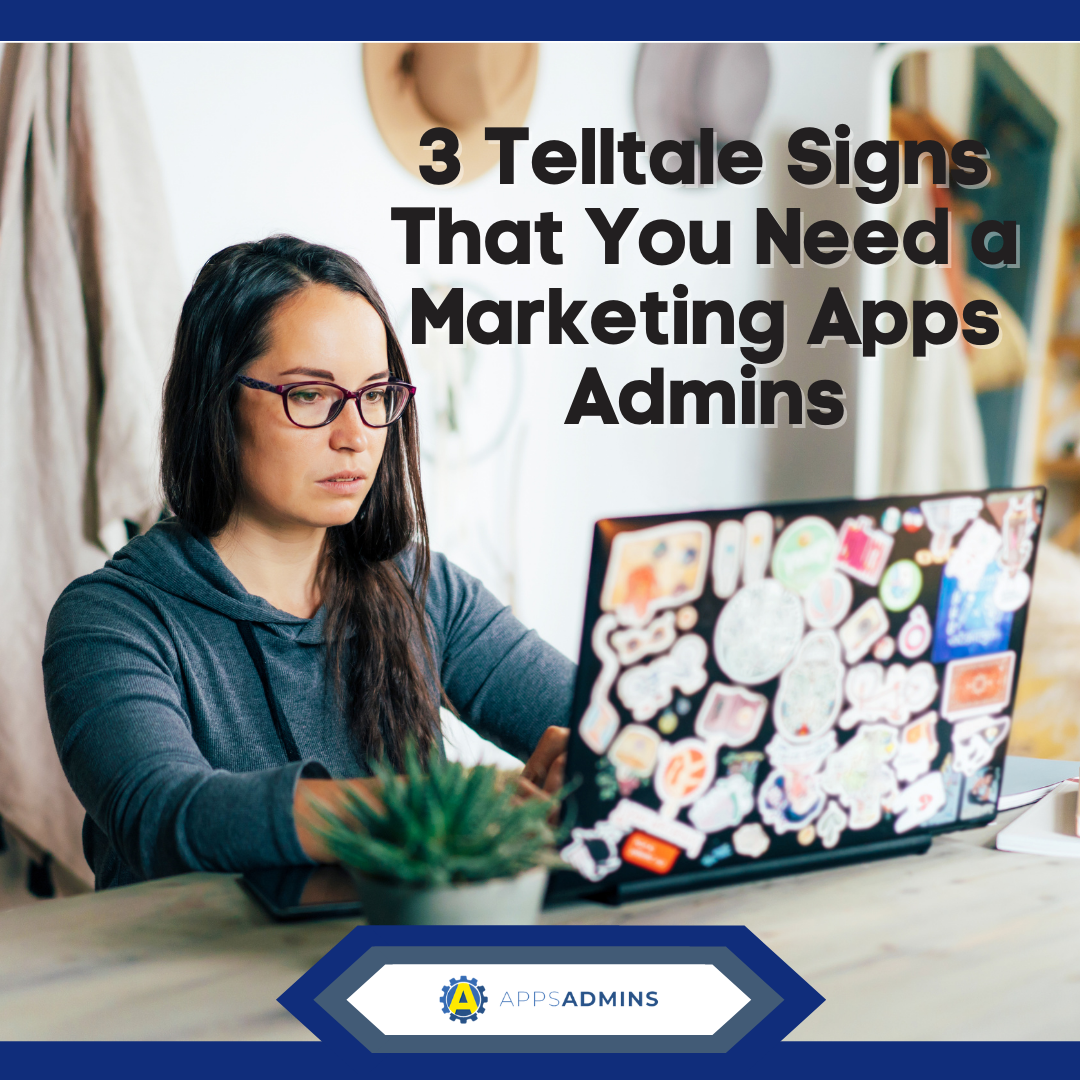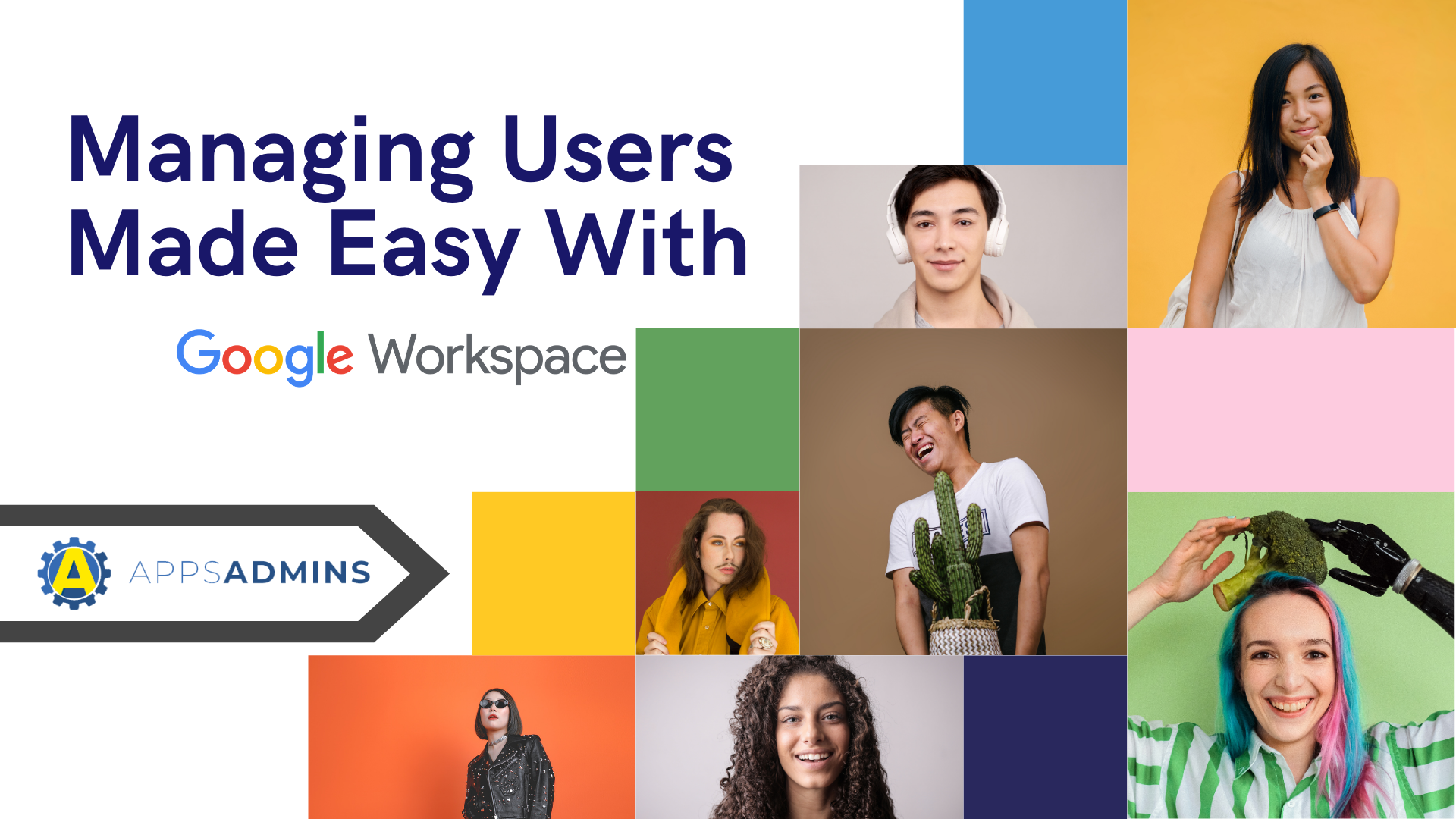G Suite Business Free for 30 Days
Sign up for a Free 30 Day Trial of G Suite Business and get Free Admin support from Google Certified Deployment Specialists.

![]()
When it comes time to deploy Google Apps for Education, you may find yourself facing quite a few hurdles. One of these hurdles involves dealing with custom domains to use alongside Google Apps, but fortunately, if you follow our advice, you should be perfectly set. Let's get into some pointers on the best practices for Google Apps for Education.
1. Use a single Google Apps Account, even with multiple domains
Just as a quick refresher, a domain is a website, with the domain name being used to access that website. If you're setting up Google Apps for Education, you may be using it across multiple schools or grade levels- in this case, having all of these accounts and functions tied to a single domain could be problematic, especially if you already have seperate domains in place.
It may seem logical to use multiple Google Apps accounts to work with multiple domains, but this is misguided. Stick with a single Google Apps account and use it to work with your domains.
2. Mind Organizational Unit structure
In Google Apps, Organizational Units set hierarchies for what users can and can't do on the network. You can use Organizational Units to control priveleges for people at different levels in the school- administrators, general teachers, substitutes, the students, guests, etc. Structure your OU correctly- by schools and grade levels, preferably- and you should be fine.
3. Utilize Google Groups
Google Groups can be used by staff and students alike for discussion and education. Using Google Groups in Google Apps for Education will allow teachers to create virtual classrooms (though you will need to ensure they have the privleges to do so) and students to interact with each other in a dynamic, collaborative online environment.
4. Integrate pre-existing LDAP, SIS and LMS into Google Apps
Getting Google Apps for Education doesn't mean you have to burn down and abandon everything you used before. Quite the opposite, in fact. If you have an LDAP server, you can integrate the Organizational Unit structure from it into Google Apps.
In addition, with SIS and LMS services, you can have all of the users from this environment ported into Google Apps. This is a very long, time-consuming process, however, so it's recommended that you consult a partner for it.
5. Work with a Google for Education Partner
Life in general shows that working in groups always beats working alone. In Google Apps for Education, this is no different- qualified Google Apps partners have years of experience in their fields, and can make the particularly difficult jobs easier for you to do.
As a Google For Education partner based in Austin, Coolhead Tech, we can help you with that. There's a lot more to setting up a domain (or multiple domains) in Google Apps than just following the best practices listed above, details that you can learn more about here.
If you have other questions or concerns, consider heading to our blog to learn more about things like this or contacting us for more information.
.jpg?width=818&name=appsadmins-svg-rules-1%20(2).jpg)







